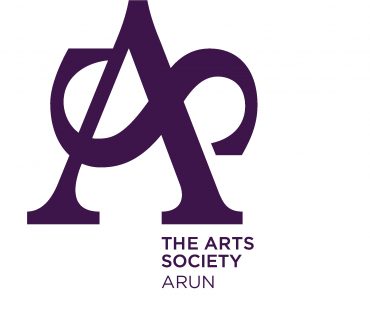All events are held at The Woodlands Centre, Rustington
16 February
WELCOME PARTY FOR NEW MEMBERS
An opportunity for new members to meet each other and ask any questions of the committee. Following the February Lecture “Passionate Potters from DeMorgan to Leach” by Julian Richards
Thursday 11 November
DAY OF SPECIAL INTEREST
It is hoped to hold a day of special interest in November but this will depend on circumstances prevailing at the time.
European Modernism and Art Deco 1920-1940
Three sessions:
Art Deco Paris 1925: Living the High Life in the 1920s
Famous Designers
Modernism: the Bauhaus, De Stijl and Le Corbusier
The term Art Deco was not used to describe the style of the ‘Roaring Twenties’ or the Jazz age until the 1960s. It was taken from the ‘Exposition Arts Decoratifs’ held in Paris in 1925, where Paris emerged as the leader of style in the post-war era. The Germans were not allowed to show, the Americans had turned their back on Europe and the English it would seem had put all their energy into the Empire Exhibition of the previous year. Consequently the French came out on top, with the glass of Lalique, the furniture of Ruhlmann, the jewellery of Cartier and lacquer of Dunand. It was the world of haute couture and the Beau Monde or ‘beautiful people’. But Le Corbusier, one of the pioneers of Modernism, was also present at the 1925 exposition. In terms of popular culture, Modernism would come to dominate the next decade, following the Wall Street Crash and the Great Depression.
Modernism promised a new design ethos for a brave new world, being linked to socialism, even communism, in Weimar Germany. Buildings and interiors, domestic things used daily, needed to reflect the demands of modern industrial life rather than hark back to historical forms; functional and utilitarian imperatives ousted decoration, now seen to be superfluous. Indeed, some even viewed decoration as a form of corruption; the New objectivity demanded rational, functional, sometimes standardized building. Driven by socialist ideologies, design gained a political imperative; it was a means to reform living standards and transform the lives of the working class.
Inevitably the school, based in Weimar, soon experienced political pressure from conservative circles in local politics. Moving to Dessau, Gropius designed a new school as well as housing for the Bauhaus masters, who numbered the artists Paul Klee and Wassily Kandinsky, as well as Ludwig Mies van der Rohe, it’s architectural director. It was Mies who directed the last years of the Bauhaus in Berlin before it was closed by the Nazis, with many of those associated with the Bauhaus emigrating to America. Modernism was transformed into International Style that dominated Architecture until the 1970s. It is still with us in the 21st century; the iconic Bauhaus chairs quite at home in the post-modern home.
Founded in the wake of the First World War under the leadership of Walter Gropius, the Bauhaus aesthetic was driven by the sleek lines of cars, ships and planes. Designers experimented with new materials such as tubular steel and plywood. The mantra of the Bauhaus shifted from art and craft to art and industry, with furniture designer marcel Breuer conceiving industrial prototypes. Only by embracing mass production and standardisation could good design be truly democratic.
Ann Anderson
Tickets £30 will be on sale in September
16 November
FESTIVE DRINKS AND MINCE PIES
Get into the festive spirit at our last meeting of 2021. All members and guests are welcome.
Following the AGM and the November lecture “In the Kingdom of the Sweets” by Nigel Bates.
Tickets £2.50 on sale 21 September and 19 October

